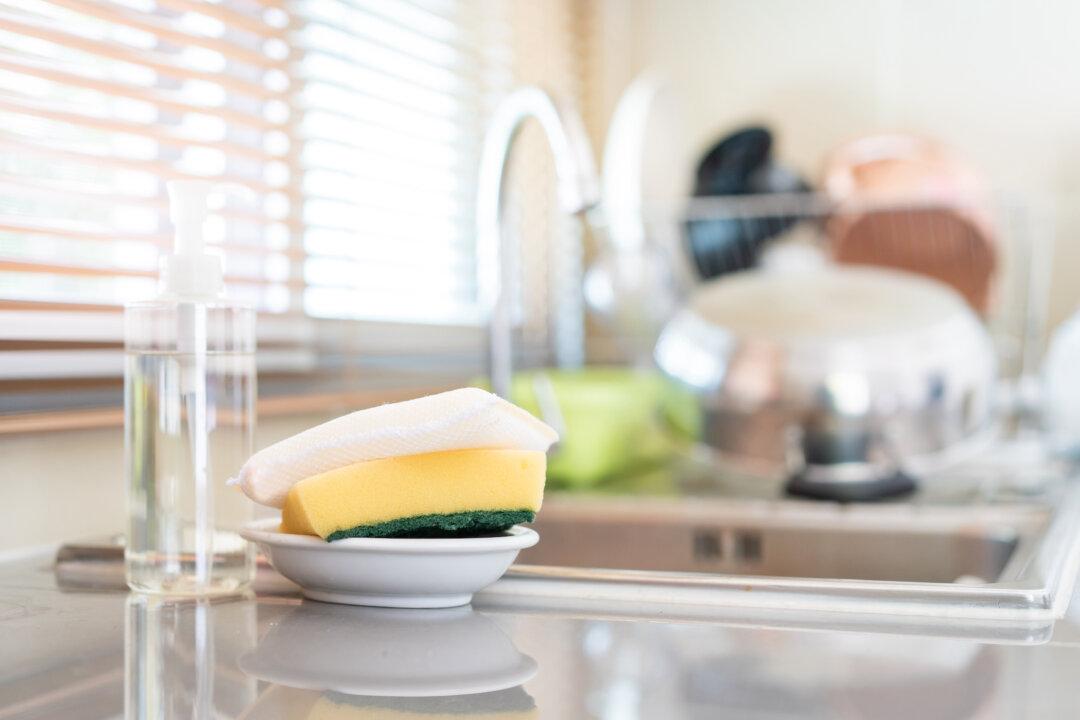When asked, “What is the dirtiest spot in the typical household?” most people say the toilet seat. For sure, that would have been my response, until I discovered studies on bacteria and household diseases by Dr. Chuck Gerba, professor of microbiology at the University of Arizona. According to him, the filthiest place in our homes is the kitchen sponge or cloth.
Gerba’s studies have found that on the average toilet seat, there are 50 bacteria per square inch. But the typical kitchen sponge has around 10 million bacteria per square inch. That’s no typo! And it gets worse, so brace for what I am about to tell you.





